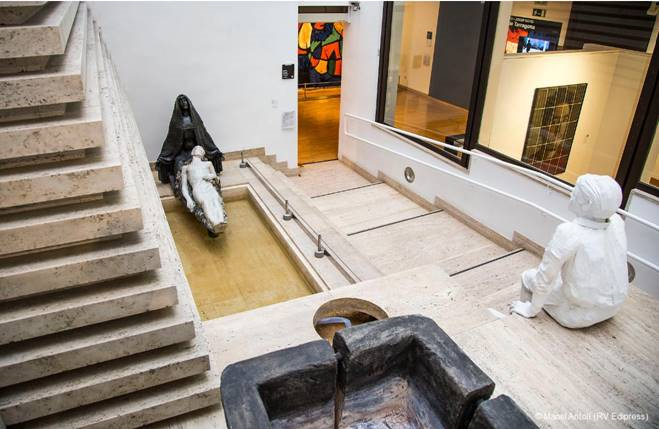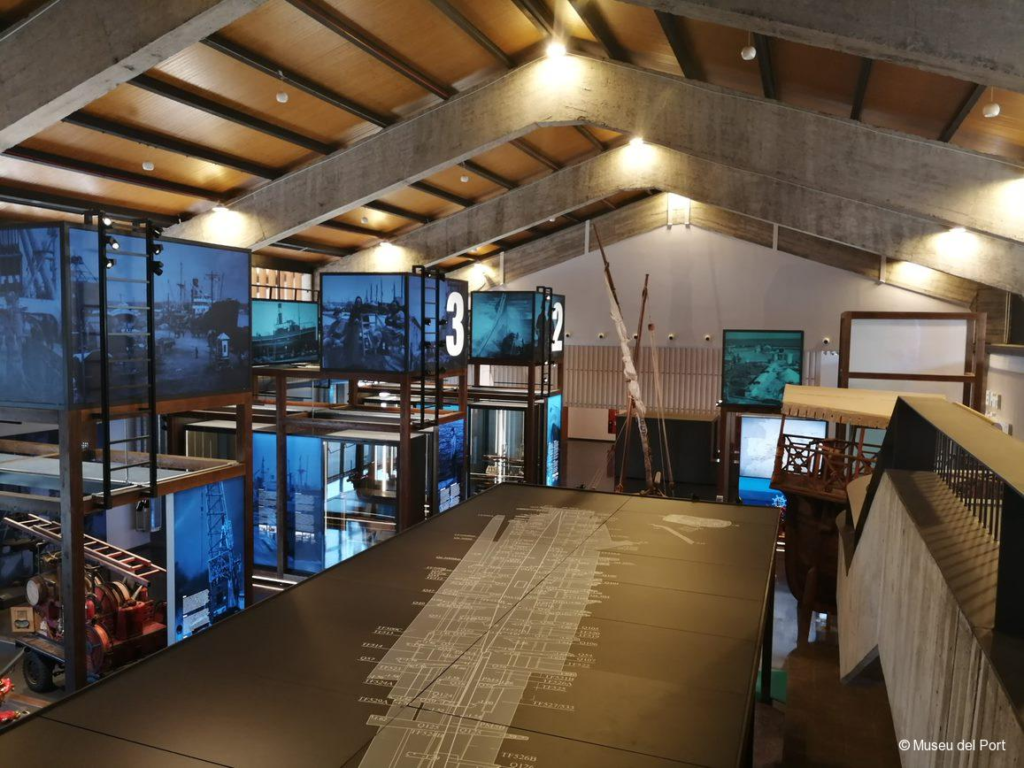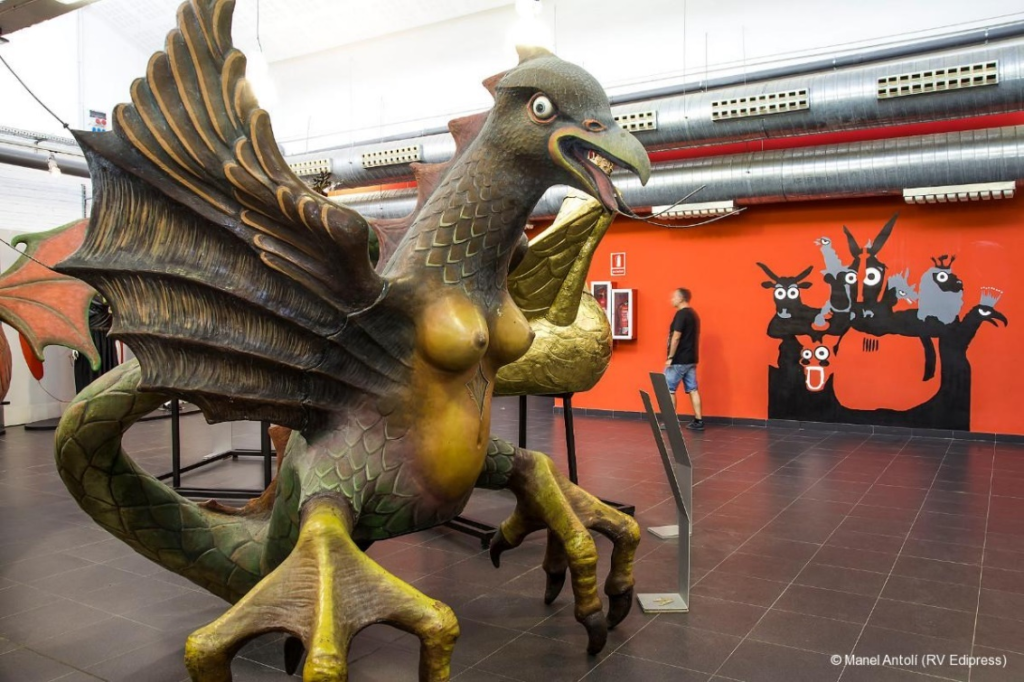The museums of Tarragona are a distillation of all the culture and history of a city that is a World Heritage Site.
Let us take you on a cultural journey through the museums of Tarragona: spaces for intercultural exchange, for learning, and for experiencing a whole range of emotions. Here you will find the history of Tarraco, collections of religious art from medieval and modern times, stately homes, a tapestry by Joan Miró, the past of the Port of Tarragonam and our traditional festive ‘bestiary’.
A huge breadth of knowledge that the whole family will enjoy!
Shall we get started?
Tarragona offers visitors a wide array of cultural attractions in its different museums which feature different topics to suit every taste. If you come with us, we’ll take you on a journey through the best of them and give you some tips before your visit.
Let’s go!
-
Museums of Roman Tarragona
In 218 BC, during the Punic Wars, Cneus Cornelius Scipio landed on this coast and set up a military camp that would eventually become the Roman Empire’s main base in Hispania. From Tarragona, the Romans conquered the Iberian Peninsula over the next 200 years and Latin civilization spread throughout the territory. This was the beginning of the history of Tarraco.
The importance of Tarraco endures in the museums and monuments that history has left us. On the Roman Route of Tarragona you can find the following museums:
National Archaeological Museum of Tarragona (MNAT)
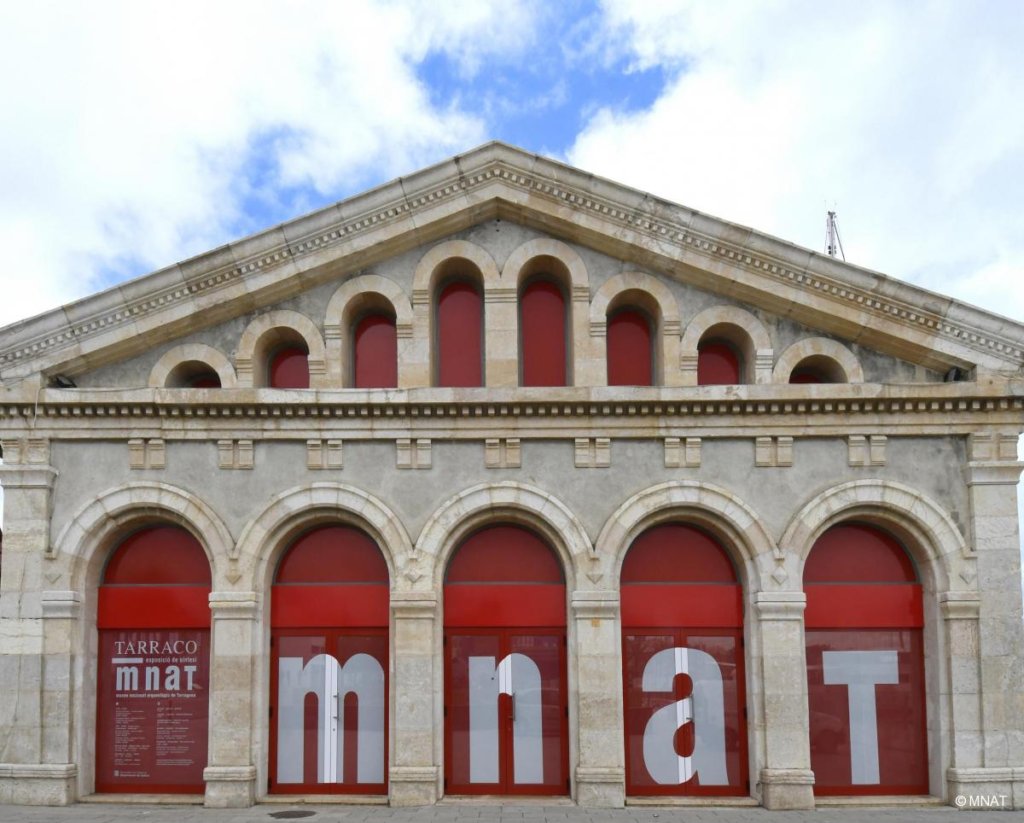
The National Archaeological Museum of Tarragona (MNAT) is the oldest of its kind in Catalonia and was established in the first half of the nineteenth century.
The exhibits in the MNAT encapsulate eight centuries of the history of Tarraco. You can also learn about the urban planning, architecture, society and economy of the city and its region.
The Museum is located in Plaça del Rei, but in April 2018 work started on remodelling and upgrading the facility, since when a selection of its best pieces can be found in Tinglado 4 in the Port of Tarragona as part of the TARRACO/MNAT exhibition. The Museum is due to reopen soon in its original location.
Check out the opening times and ticket prices at this link.
Recommendation
The MNAT houses one of the most iconic pieces of Tarragonan archaeology: the Ivory Doll, which dates from the third or fourth century AD and was discovered inside the tomb of a young girl in Tarragona’s Early Christian Necropolis.
The remains of gold threads found next to the piece confirm that these dolls, which were jointed and made from a variety of materials (bone, ivory and ceramics), were dressed in costumes that echoed the clothing of children and adults at that time.
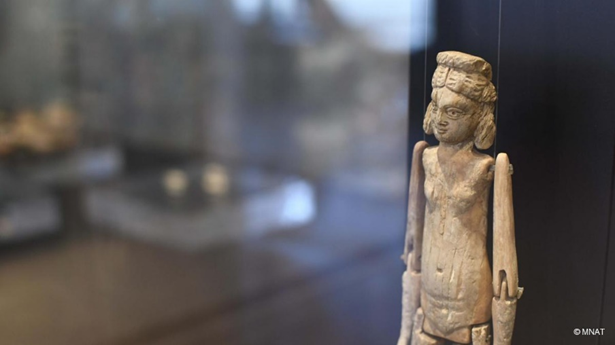 The Ivory Doll
The Ivory Doll The Medusa Mosaic is another of the key pieces held by the Museum: the best-preserved mosaic from Roman Tarraco. It was executed on a ceramic support following the technique known as opus vermiculatum, combining little tesserae (cubes) of marble, stone and ceramics in a huge variety of colours and shades. It is unquestionably one of the most beautiful and exquisitely crafted of all the mosaics discovered in Tarragona. It is one of the main iconographic elements of a floor mosaic paved in opus tessellatum, a technique that used coloured tesserae, and portrays the legend of the hero Perseus.
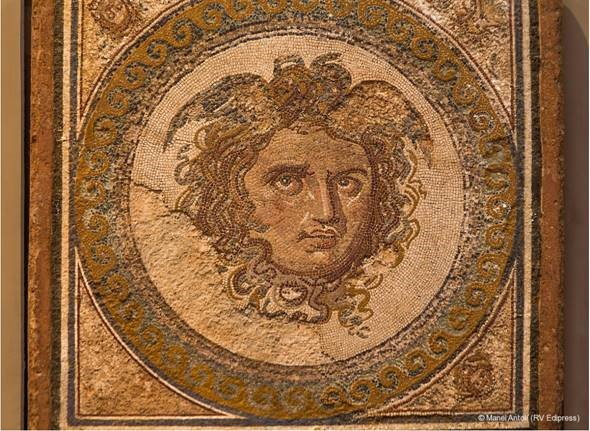
Early Christian Museum and Necropolis (MNAT)
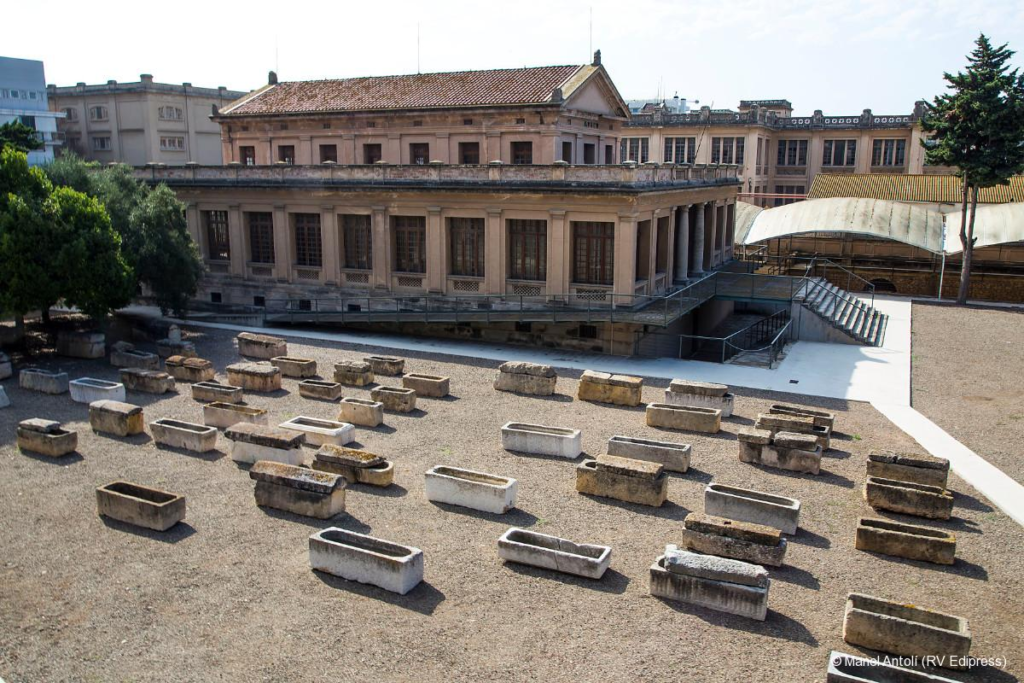 Early Christian Museum and Necropolis (MNAT)
Early Christian Museum and Necropolis (MNAT)The Early Christian Museum and Necropolis complex forms a monographic section of the National Archaeological Museum of Tarragona. Here you will find the remains of the villa dating from the second century BC and the in situ remains of the large Tarraco cemetery dating from the Late Roman period. Be sure to visit “The World of Death” exhibition, which encapsulates the history and significance of this archaeological complex, displaying some of the most important and representative pieces recovered from the excavations in the Early Christian Necropolis.
The first discoveries from the Early Christian Necropolis were made in 1923, when work on the construction of a tobacco factory revealed this hidden treasure, which forms part of the archaeological complex of Tarraco and hence is included in UNESCO’s World Heritage Site list.
The Necropolis is located on Avinguda de Ramón y Cajal and you can check out the opening times and ticket prices at this link.
Recommendations
Be sure to visit one of the most outstanding pieces in the Museum: the tombstone of Optimus, and the Lleons Sarcophagus.
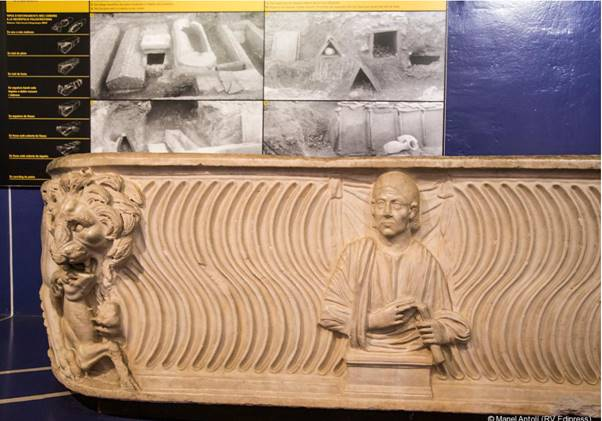
-
Museums of Medieval Tarragona
In addition to its Roman legacy, Tarragona is also home to some notable monuments from its medieval past. On the city’s Medieval Route you can find the following museums:
Cathedral and Diocesan Museum
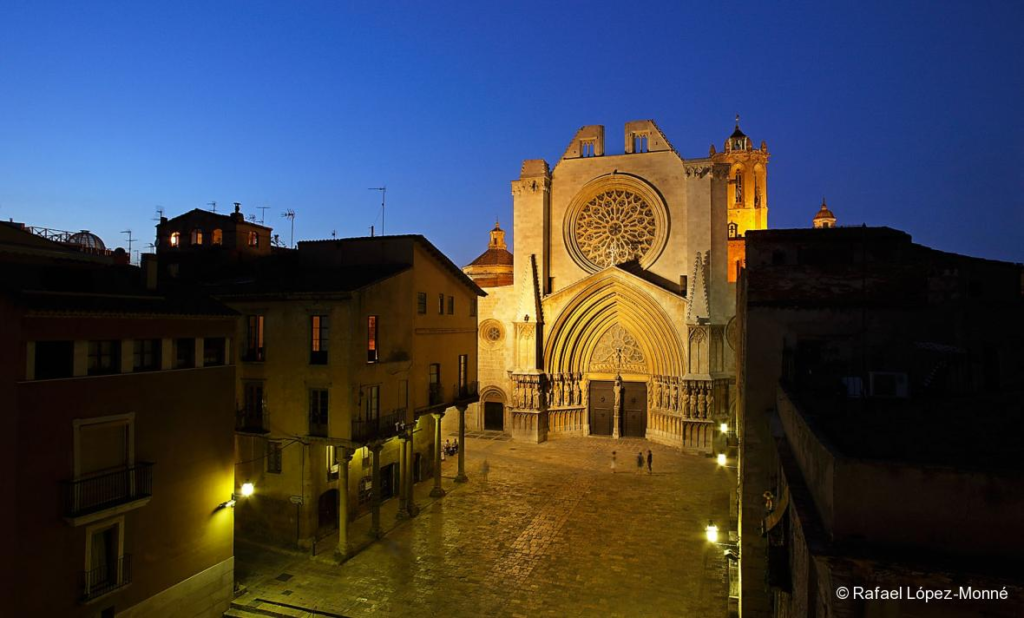 Cathedral and Diocesan Museum
Cathedral and Diocesan MuseumConstruction of the Cathedral, dedicated to Santa Tecla (St. Thecla), started in the twelfth century in Romanesque style and continued into the Gothic era, being consecrated in 1331. However, it was unfinished due to the Black Plague pandemic which devastated the city.
Thanks to its grandeur and strength, the cathedral of Tarragona is considered to be the preeminent cathedral in Catalonia.
Its façade, with its huge portal and rose window, is one of the city’s most iconic images. Don’t miss this great photo opportunity!
Entering through the cloister gives access to the Diocesan Museum, which houses a notable collection of religious art from the medieval and modern ages from Tarragona and its diocese: tableaux, stone sculptures, wooden carvings, gold and silverwork, wrought ironwork, textiles, ceramics, etc.
Click here for the opening times and ticket prices to the Museum.
Recommendation
If you take a full tour of Tarragona Cathedral, an official local guide will explain all about the Cathedral, the Cloister, and the Tèmenos (Roman wall), and you can also climb to the top of the bell-tower and its lookout over the city. You will never forget this 360º view of Tarragona!
Biblical Museum of Tarragona

The Biblical Museum of Tarragona was founded in 1930. If you visit it, you will find a large collection of archaeological, literary, artistic and educational material that take you back to the fascinating world of Judeo-Christian culture.
The Biblical Museum stands on Carrer de les Coques, in the Concilis House, right next to the Cathedral. At this link you will find the opening times and ticket prices
Recommendation
In one of the rooms in the Biblical Museum you can see a huge underground cistern dating from medieval times that recreates the atmosphere of an Essene scriptorium from the second century BC.
-
Museums of Modern Tarragona
Casa Canals
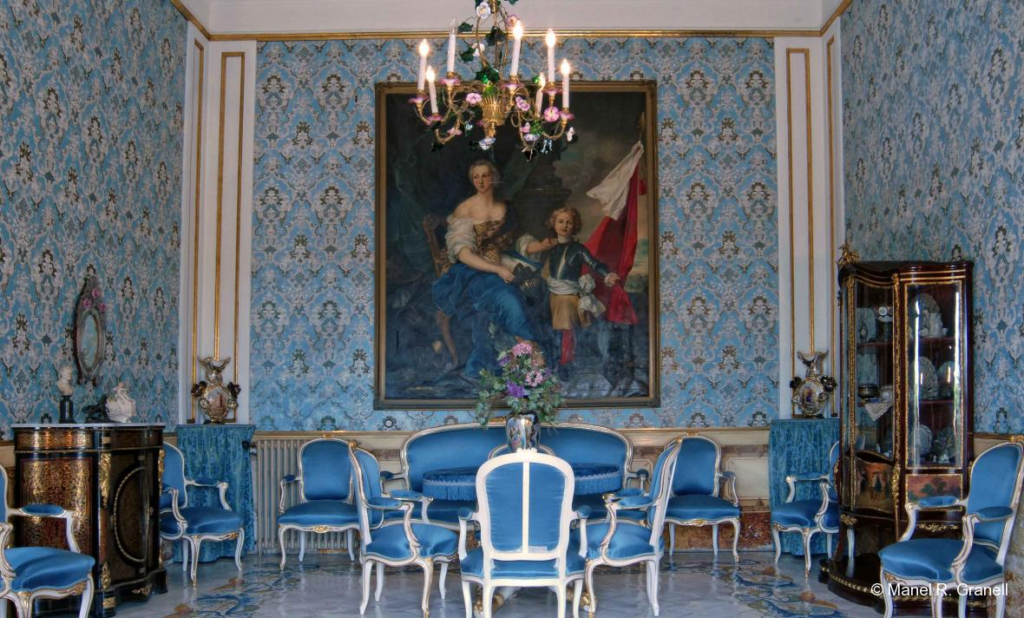
This is one of the few stately homes in Tarragona that has been entirely preserved through to the present day. The house dates from the Modern Era and contains a Civil War refuge. You can visit the main floor, the garden, and the terrace with its beautiful views over the Roman walls.
The house stands on Carrer Granada and you can find the opening times and ticket prices here.
Recommendations:
Go up to the terrace and discover one of the best views of Tarragona. Before that, don’t miss the charming, leafy gardens.
You can view the planned exhibitions and activities at Casa Canals on the website of Mèdol – Centre for Contemporary Arts of Tarragona:
Casa Museu Castellarnau (MHT)
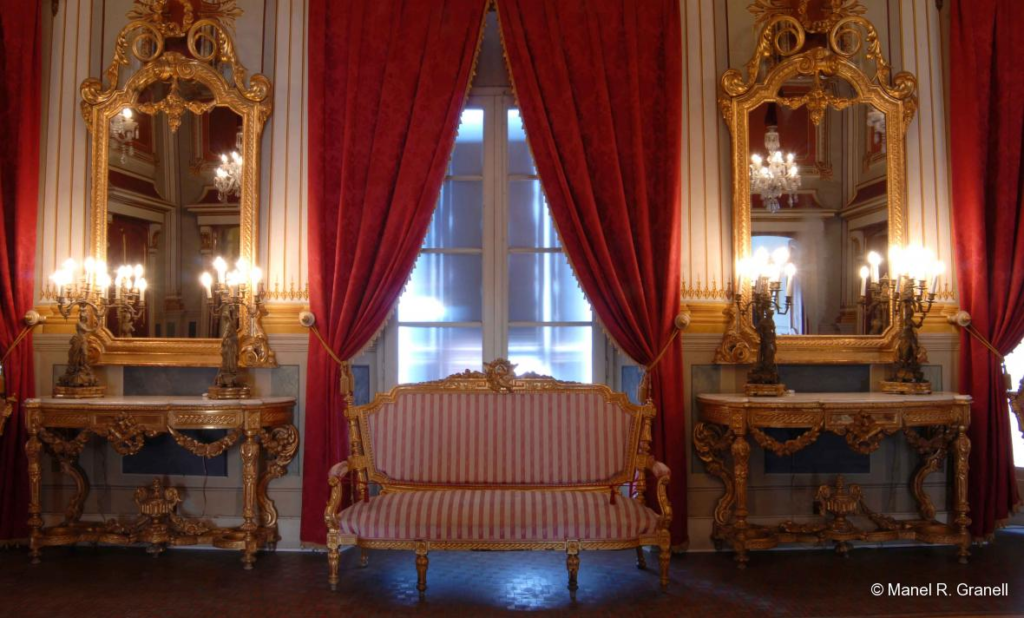
Casa Castellarnau, built in the fifteenth century, stands on Carrer de Cavallers. In the Middle Ages, this street was where the nobility lived, where the mansions and palaces of the city’s leading families were built. These included the house of the Castellarnau family, today preserved as a museum. In 1542 it was the home of Emperor Charles I during his stay in Tarragona.
On the main floor you can visit various rooms featuring the decorative styles of the eighteenth and nineteenth centuries.
Further information on opening times and prices here.
Recommendations:
The most emblematic space is the ballroom, whose ceiling is decorated with mythological paintings created by the Provençal painter Josep Bernat Flaugier in the late eighteenth century.
-
Museums of Contemporary Tarragona
Are you more into modern art, contemporary collections, or traditional culture? Tarragona offers a wealth of all these options in the city. Take note!
Museum of Modern Art of Tarragona Provincial Council
Tarragona Provincial Council founded the Museum of Modern Art in 1976 and it currently occupies three meticulously restored eighteenth century houses.
Here you can visit various permanent exhibitions, including works by the painter Joan Miró and the sculptor Julio Antonio, as well as the exhibition entitled “From Republic to Democracy”, among many others. For information: Exposicions.
The Museum is located on Carrer de Santa Anna, and you can find the opening times at this link.
Recommendations
After admiring the Tarragona Tapestry, a monumental piece measuring 2.80 x 4.20 metres by Joan Miró in collaboration with Josep Royo, don’t miss one of the Museum’s most striking spaces, the courtyard. Here you will see the solution adopted to cover the ceiling, making it possible to obtain natural light to illuminate the surrounding rooms.
Museum of the Port of Tarragona
The Port Museum, which was renovated in July 2021, takes you deep into the maritime traditions of Tarragona. Since the summer of 2020, the Port has been involved in the comprehensive restoration of its cultural spaces, and this work has culminated in this brand new, modern space for showcasing the Port’s heritage, offering an exciting museum experience thanks to the advanced audiovisual and interactive media. This technology will help you immerse yourself in the sea to learn about the Port’s past and present.
The Museum is housed in Refugi 2 on the Costa Wharf, and you can check out opening times and ticket prices here.
Recommendations
Visit the interactive module in the form of an immersive videogame that puts you in the shoes of a ship’s captain so you can sail a classic sailboat from different historic ports across the Mediterranean, ending up in Tarragona.
Round off the day with a stroll through the seafaring district of El Serrallo.
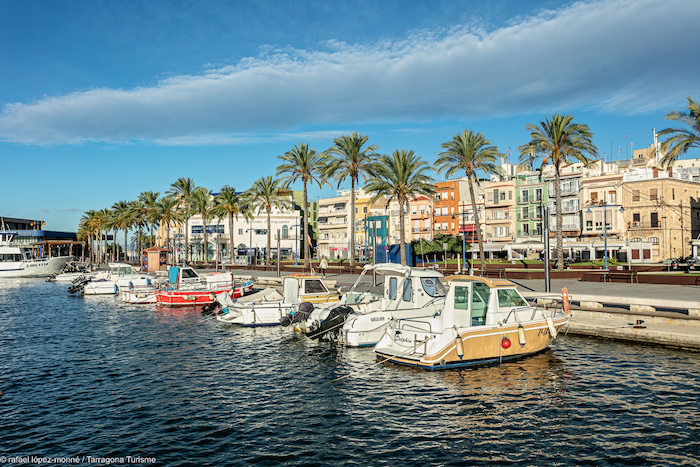
Casa de la Festa
In Tarragona’s Casa de la Festa (Festival House) you can visit the exhibition of the heritage elements of the Seguici Popular (Popular Retinue) of the Festival of Santa Tecla, which has been recognized as having national and regional tourist interest. The tour explains the sequence of the rituals as well as its pre-eminent co-stars, the castellers (human tower builders) throughout history. There are three exhibition rooms in which to immerse yourself in the celebrations, where cutting-edge technology rekindles the emotions of these internationally-renowned festivities.
Recommentadions
You can now take a virtual tour of the museum.
If you’d like to know more about the city’s cultural attractions, be sure to visit our website or follow our social media profiles on Facebook, Instagram and Twitter.


